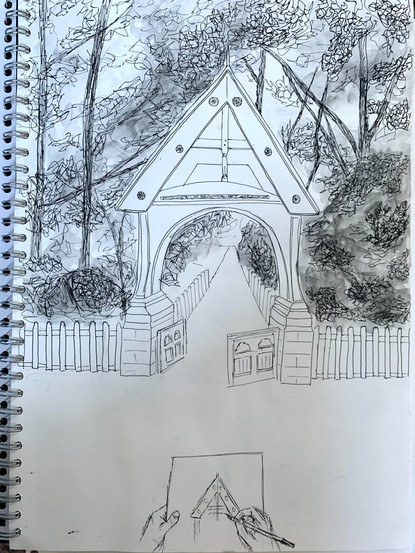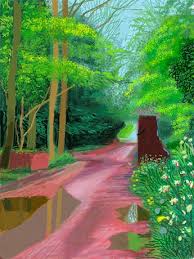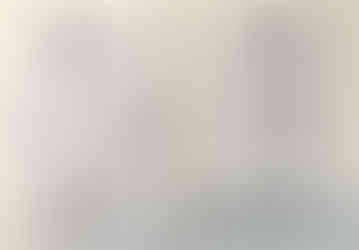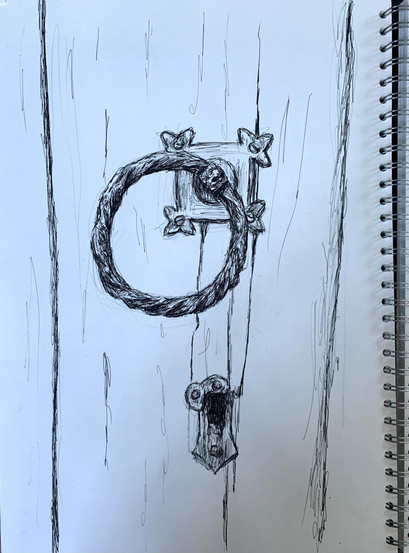Initial Visual Research
- Amelie Nicholson
- Nov 7, 2020
- 4 min read
Updated: Nov 19, 2020
For my environment project, I chose the site of a local church. The church itself has personal significance, and I would like to use old family photos from events at the church. I am interested in the contrast between the graveyard and the church itself, with the celebrations of both life and death. I am also fascinated by the way people act in religious spaces, with a heighten sense of morality, whether that is because of social expectations or a atmosphere of spirituality.
I started by photographing the entrance as I was interested in the threshold into a religious space and the act of entering a place that is supposed to be closer to God. The atmosphere was immediately more peaceful because of the dense trees on either side and the long path created a divided with the road outside. The gates were open and welcoming but I noticed signs warning against criminals and declaring that the area was monitored by CCTV. This contrasted the polite behaviour that people expect in churches and graveyards and demonstrated that not everybody feels the need to act respectfully. I also thought about the surveillance in religion and how people are told that God is always watching, perhaps to make them act in a more 'Christian' way.

I used fineliner and gouache to draw the archway and was inspired by Brett Whiteley [1]. I kept most of the image simple, using carefully-chosen marks to create a divide between each side of the boundary. I was more expressive when drawing the trees because I wanted those to look busy and inviting. I also included myself drawing (as Whiteley does) because it looked more personal unplanned. I also made gouache studies of the leaf and pathway to document the journey into the graveyard. I used charcoal to draw the gate and handle, further showing the threshold. I also made studies of the surveillance signs using gouache and fineliner.
I then took photos of the graveyard, focusing on the pattern of the rows of graves and the design of the headstones. I looked at flowers and wreaths left to mourn the dead and thought about how we like to remember those who are gone. Even people who are not religious still see death and the dead as spiritual in some way and want to celebrate/commemorate the life lost. The graveyard itself was very quiet and everyone visiting the graves had their heads down and spoke in muted voices, demonstrating how we as humans have a lot of respect for the dead and their families. I included a photo from my parents' wedding in 2000, which was a completely different atmosphere because it was celebrating a milestone in life rather than death. I found it interesting that wedding parties have to go through the graveyard to get to the church, so there is a strange juxtaposition.

Inspired by David Hockney's 'Arrival of Spring in Woldgate' [2], I started by creating a comparison painting showing how the graveyard looks now, compared to the old photo. I was intrigued by how different the scene looks when its empty and the leaves are all turning. My painting looks much more eerie and how a graveyard would be expected to look. I used soft pastels to draw some dying flowers at a grave. I was more free with my mark-making because I wanted to show the imperfections in the flowers. I was reminded by the decaying flowers that death is natural and happens everyday, and that it is humans that put such a cultural significance on it. Finally, I made a fineliner drawing of the graveyard, influenced by John Virtue [3]. I focused my marks and detail on the rows of graves to draw the eye to that section. I wanted to document how close together the graves are without seem cramped- there is almost a feeling of togetherness.
Finally, I took photos of the church itself and was interested in the textures- both the intricate design details and the natural ware/erosion. I also took more pictures of doors and gates to research more into thresholds and entrances. I found the building itself interesting because of its cultural significance and the clear effort that went into the design. There were signs on the door saying the church was closed for coronavirus and there would be no remembrance service, which made me think about how important religion is in difficult times. There is an irony that these culturally significant places have to close when they are needed most. I included old picture of when the church was in full use as a comparison.

For further visual research, I used graphite and charcoal to make rubbings of the different textures of the church and graves. I then made a soft pastel drawing of the whole church, and was inspired by Lucinda Rogers [4] to be selective with colour. This allowed me to focus on the overall composition rather than small details. I went into more detail in creating a gouache painting of the church door. I included part of the ornate surround but wanted to focus on the entrance itself- from the eerie graveyard into the inviting church. I zoomed in further and drew the handle and lock using fineliner to explore the process of entering the building.

































Comments